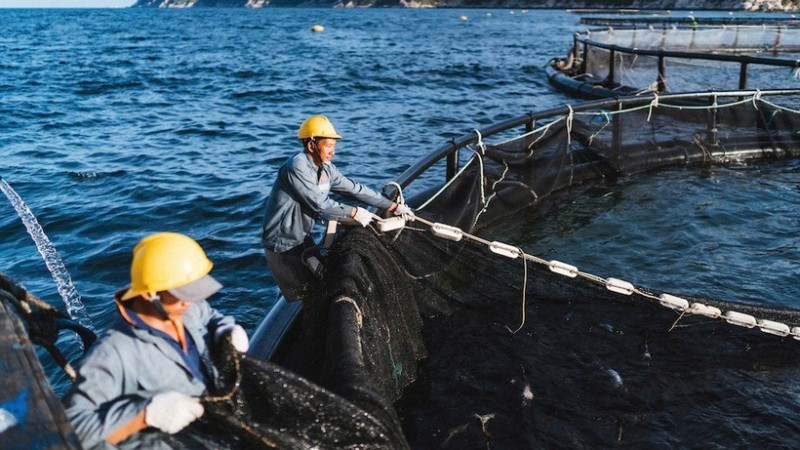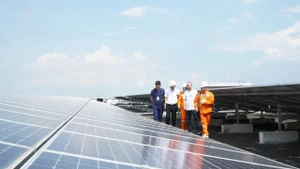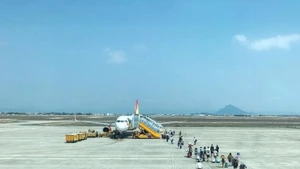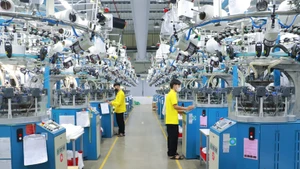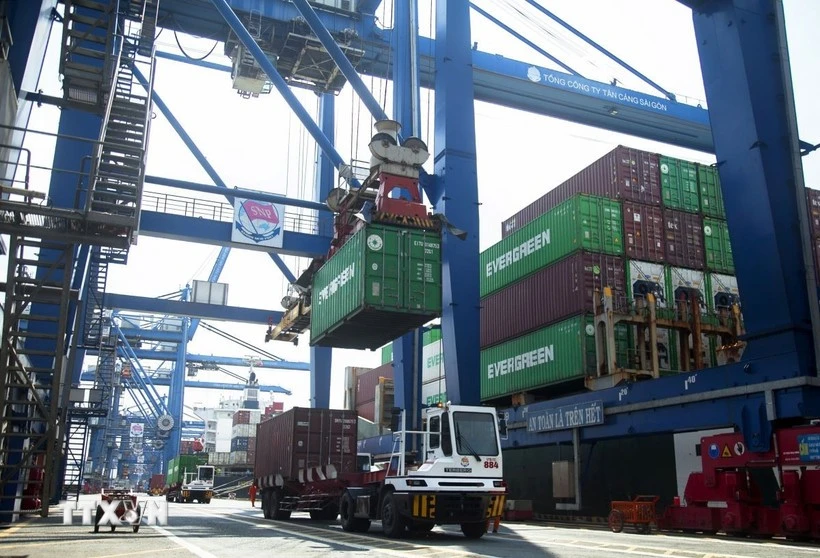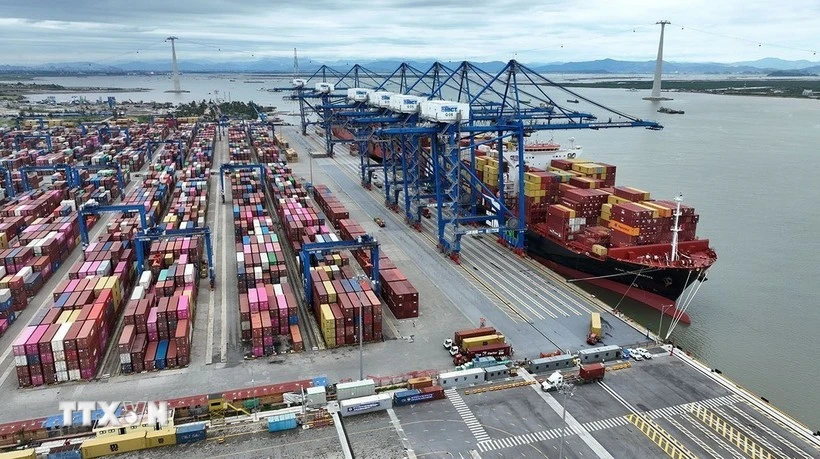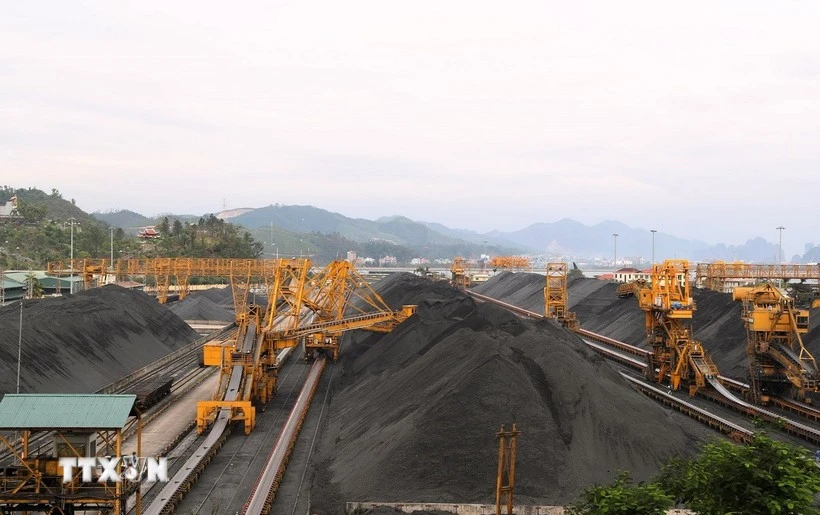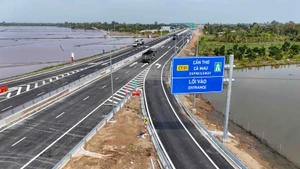Following the storms, the losses of aquaculture farmers can be extremely large and unpredictable.
For the aquaculture sector, if preparations are made thoroughly and early, the damage caused by storms and their aftermath can be minimised. However, for many reasons, many aquaculture farmers have yet to adapt effectively to natural disasters.
In Quang Ninh Province, most of the aquaculture cages at sea that suffered damage were traditional, manually built structures, mainly made from bamboo, wood, plastic, and styrofoam floats, which have very low storm resistance. Modern cage systems, constructed from standardised HDPE materials that can withstand winds up to level 12 are still rarely used due to the significantly higher investment costs compared to traditional cages.
Shrimp do not die because of the storm itself, but rather due to prolonged power outages. After Typhoon Yagi, more than 100 tonnes of shrimp (worth about 19 billion VND) at Tan An Seafood Joint Stock Company in Quang Yen Ward, Quang Ninh Province, had to be processed into fish feed. This is a typical example.
In industrial shrimp farming, maintaining and restoring electricity to operate oxygen aeration systems immediately after a storm is critical. Dozens of shrimp farms worth tens of billions of dong were lost after the storm, and hundreds of tonnes of near-harvest shrimp had to be hastily processed into fish feed, along with significant polluted environmental treatment costs. These are expensive lessons.
For inland aquaculture, damages from storms mainly come from heavy rainfall causing flooding, and strong river and stream flows sweeping away aquaculture cages. Therefore, special attention must be paid to securing and reinforcing cages as well as reducing farming density. For inland ponds and lakes, water levels should be lowered to prevent overflow from heavy rains, and water channels cleared to ensure quick drainage. Environmental pollution after storms can also be proactively addressed by preparing lime powder, antibiotics, and biological products to clean the environment, stabilise pH levels in ponds and lakes, and supplements to improve aquatic health.
Additionally, “partial harvesting” of aquatic products before storms can help reduce losses. According to the reporter's records, during Typhoon Yagi, many aquatic products had already reached market size, or were even oversized, but they were not sold because farmers were waiting for better prices. Particularly, farmers wanted to keep them for the harvest ahead of the Lunar New Year Festival (Tet).
As a result, losses were even more severe. Among the cages that broke or were swept out to sea were tens of thousands of grouper, weighing 4–5 kg each, having been farmed for years and valued at up to a million dong per fish. With the mindset of “better safe than sorry,” aquatic products that have reached market size should be harvested and sold early to secure profits ahead of natural disasters.
With an increasingly extreme climate, natural disasters and storms are on the rise both in frequency and intensity. As such, proactive adaptation to extreme weather phenomena is key to help aquaculture farmers stand firmly before major storms.
